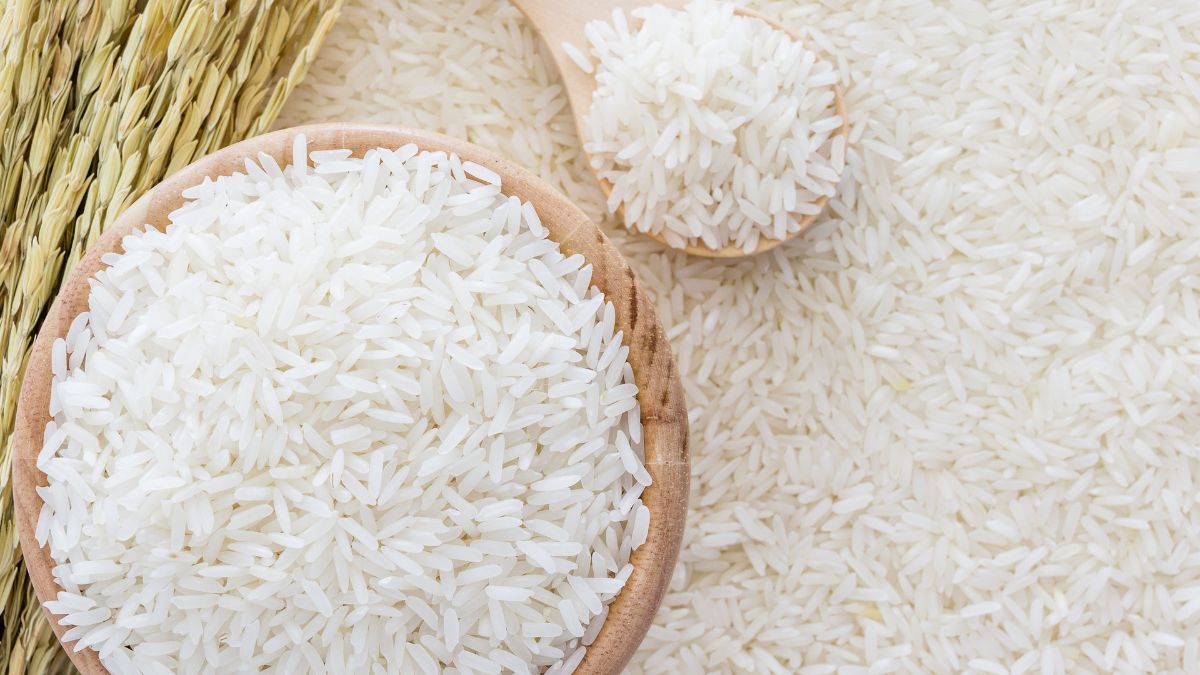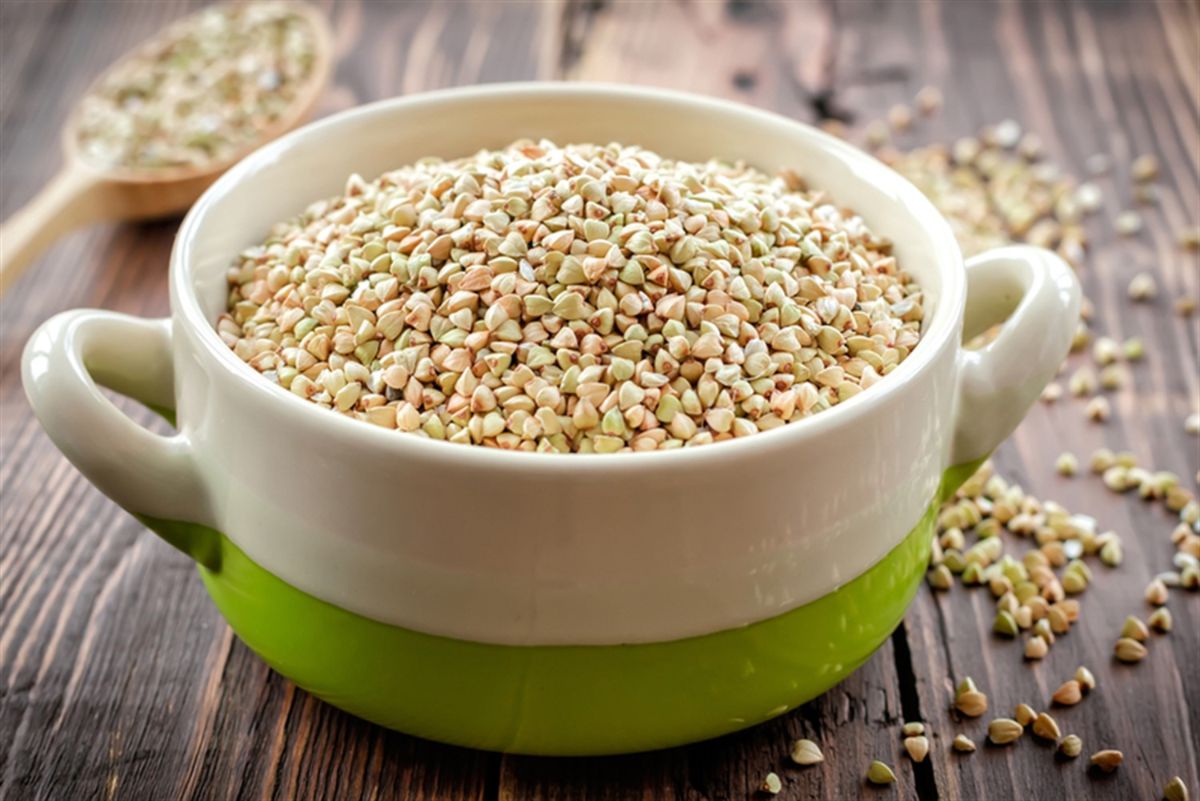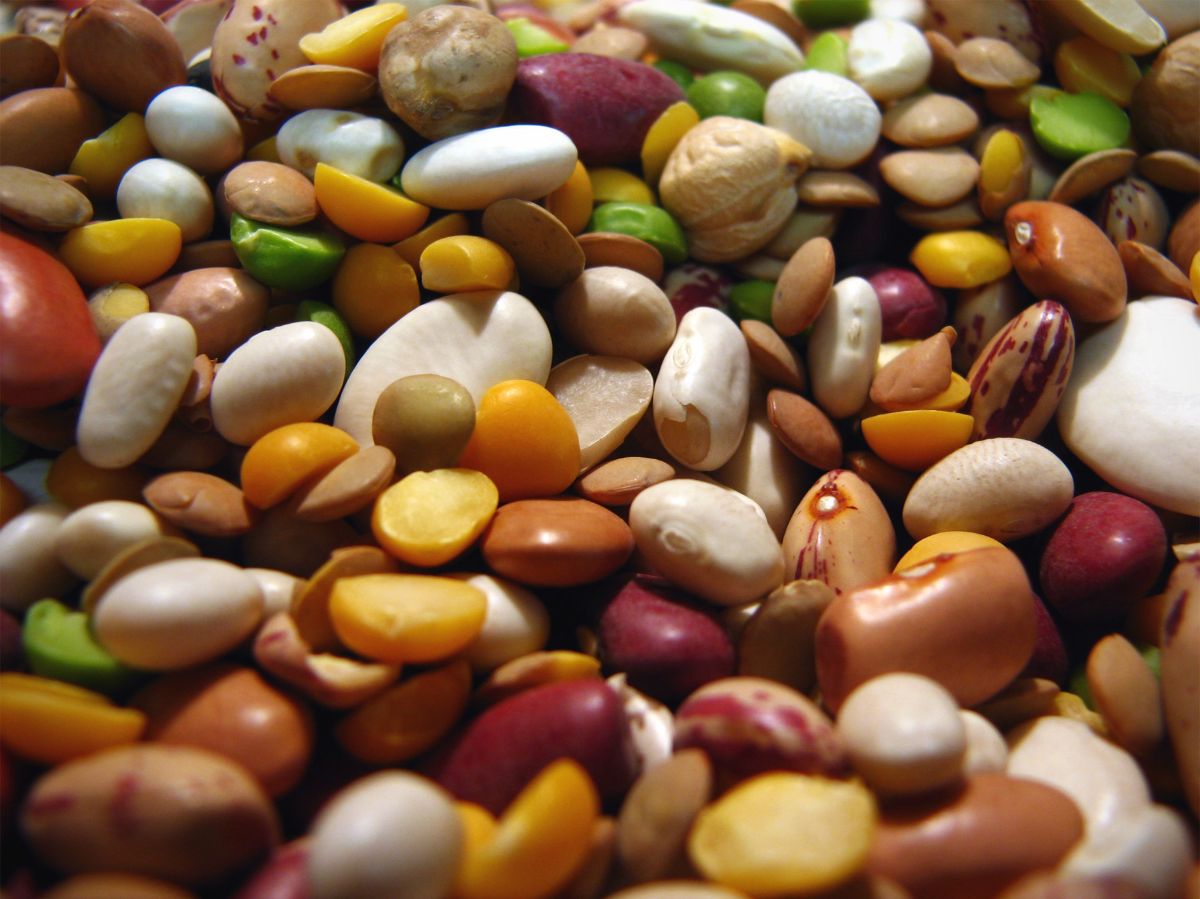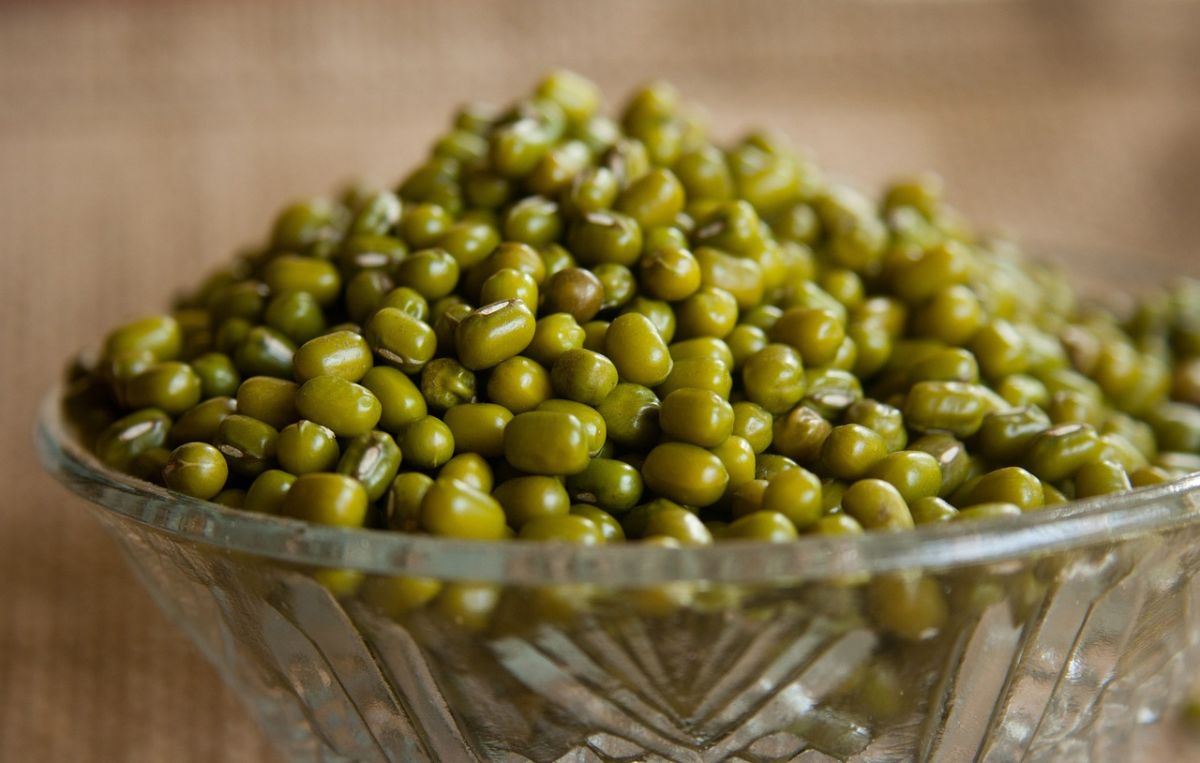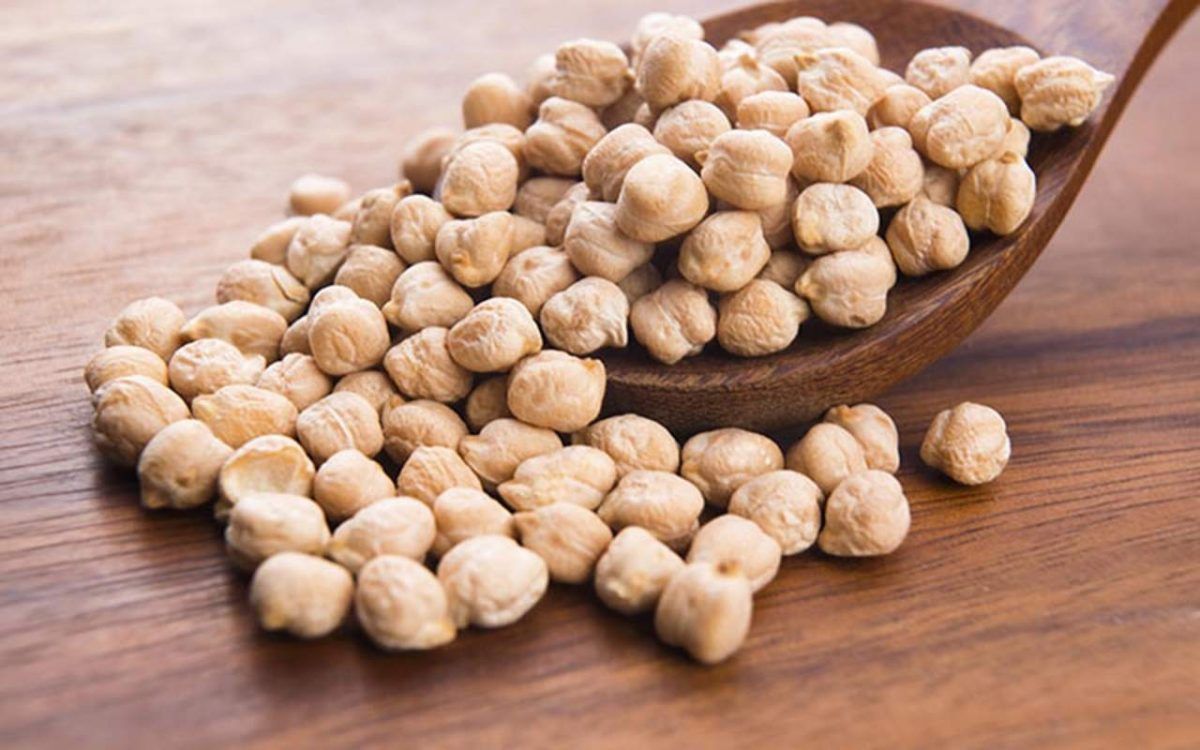5 proven facts about the benefits of brown rice for the human body
Brown rice (also known as brown) is considered an element of a healthy diet. It is less processed than white rice, which has the shell, bran and germ removed. In brown rice, only the shell (a hard protective coating) is removed, resulting in bran and germ containing nutrients.
As a result, unprocessed rice retains valuable nutrients that white rice lacks, such as vitamins, minerals and antioxidants.
Brown rice has a number of unique beneficial properties for the body. It will help to reduce body weight, prevent a number of pathologies from the heart and blood vessels, liver, endocrine system and even provide reliable cancer prevention.
Content
How does brown rice differ from white rice?

Brown or brown rice is an unpolished whole grain product. It differs significantly from white rice by a variety of parameters. The main differences are shown in the table:
| Comparison criteria | Brown rice | White rice |
| Processing technology | Is not subjected to grinding, it is cleaned only from the outer rough shell. The seed film is preserved. | Goes through all the stages of grinding, which significantly reduces the biological potential. |
| Energy value | About 350 kcal. | From 330 to 345 kcal. |
| Glycemic Index | 40-50. | 80-90. |
| Dietary Fiber | Up to 20 grams per 100 grams of product. | Are missing. |
| Prices in stores | About 90 rubles per 1 kg. (for 2020) | 40-50 rubles per 1 kg. (for 2020) |
| Appearance | The grains are colored brown, the surface is grooved. The coloring is uneven, as the rice is unpeeled. | Has a snow-white or yellowish color and a smooth surface. |
| Cooking time | From 25-30 minutes. | About 10 minutes. |
5 useful properties
Below are 5 facts about the benefits of brown rice for our health (based on evidence).
1. Rich in nutrients
100 grams of brown rice contains the following nutrients:
| Name of the substance | Approximate percentage of the recommended daily requirement |
| proteins | 10 % |
| fats | 6 % |
| carbohydrates | 33 % |
| fiber | 18 % |
| Vitamin B1 | 36 % |
| Vitamin B5 | 21 % |
| Vitamin B6 | 24 % |
| Vitamin PP | 33 % |
| Vitamin E | 5 % |
| potassium | 10 % |
| magnesium | 29 % |
| phosphorus | 39 % |
| iron | 7 % |
| manganese | 143 % |
| copper | 30 % |
| melen | 31 % |
| zinc | 18 % |
Fiber in brown rice is extremely important for the digestive system works .
B vitamins correct the functional activity of the central nervous system.
Manganese, potassium and zinc regulate blood pressure and contractile activity of the heart muscle.
2. Helps to lose weight
 Fiber, which is rich in rice, promotes weight loss
.
Fiber, which is rich in rice, promotes weight loss
.
Proven that immediately after consumption, fiber causes mechanical stretching of the stomach, which suppresses appetite for the next few hours and leads to an overall decrease in the caloric content of the daily diet.
Additionally, fiber normalizes the motor activity of the muscles of the intestinal wall and slows down the absorption of fats, which is equally important for maintaining body weight.
Researchers from the USA have established that women with sufficient or increased dietary fiber intake have a significantly lower risk of developing obesity (by about 49%).
It should be noted separately that brown rice has a small glycemic index, therefore, does not cause sudden spikes in sugar and insulin in the blood. The increased content of the latter is associated with the appearance of excess fat deposits.
3. Strengthens the health of the heart and blood vessels
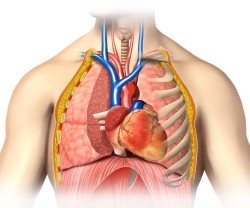 One of the major studies discovered
that brown rice, saturated with dietary fiber, reduces the risk of developing cardiovascular diseases. Special efficacy is emphasized in relation to coronary heart disease.
One of the major studies discovered
that brown rice, saturated with dietary fiber, reduces the risk of developing cardiovascular diseases. Special efficacy is emphasized in relation to coronary heart disease.
The positive effect is based on the plant's ability to reduce Total cholesterol level and its atherogenic fractions (LDL, TAG), which reduces the likelihood of atherosclerotic damage to the arterial bed and the appearance of pathologies associated with atherosclerosis (coronary heart disease, heart attack, stroke).
The abundance of magnesium, zinc and potassium in the composition favorably affects the level of blood pressure and contractile activity of the heart (arrhythmias of any genesis are less common).
Brown rice is also rich in lignans – special plant compounds that prevent increased stiffness of arterial walls with age and deposition of cholesterol crystals on them.
4. Improves the course of diabetes mellitus
 Japanese specialists installed
that eating small portions of brown rice 2 times a day leads to a significant decrease in blood glucose concentration after meals, as well as the level of glycated hemoglobin (reflects glycemia over the past 2-3 months).
Japanese specialists installed
that eating small portions of brown rice 2 times a day leads to a significant decrease in blood glucose concentration after meals, as well as the level of glycated hemoglobin (reflects glycemia over the past 2-3 months).
Brown rice has a low glycemic index, therefore, it does not cause sudden spikes in blood sugar.
Additionally, rice is saturated with fiber, which increases the sensitivity of peripheral insulin receptors to insulin and accelerates the absorption of glucose by cells from the blood. That is, rice fights insulin resistance, the main pathogenetic cause of type II diabetes mellitus.
Consumption of only 50 grams of brown rice per day allows reduce the risk of developing type II diabetes by 16%.
5. Protects against cancer
 As part of rice available
a lot of antioxidants and fiber, which significantly reduce the likelihood of malignant cell degeneration.
As part of rice available
a lot of antioxidants and fiber, which significantly reduce the likelihood of malignant cell degeneration.
An equally important role is played by phenolic compounds (ferulic acid, tricin, caffeic acid), which are part of rice. They cause apoptosis and block further development of cancer cells.
Brown rice is an effective remedy against cancer of the colon and rectum, mammary glands, female pelvic organs, as well as leukemia.
6. Protects liver cells
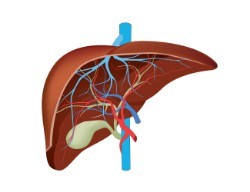 The proteins contained in brown rice are the most powerful antioxidants.
The proteins contained in brown rice are the most powerful antioxidants.
Antioxidants block the effects of free radicals on body cells, preventing destruction or malignant degeneration.
The scientific community was able to prove the antioxidant properties of brown rice against liver cells.
Scientists from Thailand claim that the positive properties of rice are due to the action of phenolic acids, tocotrienol and GABA, which are part of rice.
Experts strongly recommend recommend include brown rice in the diet with an inadequate diet (excess fried, spicy, fatty) or taking hepatotoxic medications (statins, nonsteroidal anti-inflammatory drugs).
Safety and harm
 Brown rice is completely safe for most people when consumed in reasonable amounts.
Brown rice is completely safe for most people when consumed in reasonable amounts.
With unlimited intake, excessive deposition of subcutaneous fat is possible (due to its high energy value).
Also, in rare cases, rice can be harmful to health and lead to the following side effects:
- Impaired kidney function. The product is rich in potassium and phosphorus. In case of violation of the excretory function of organs, these minerals begin to accumulate in the blood, which can be dangerous for Heart health and mucous membranes of the gastrointestinal tract.
- Arsenic poisoning. Many varieties of rice contain significant amounts of this metal (for poisoning, you need to eat about 5-7 kg of the product at a time). It is recommended to give preference to rice grown in Pakistan or India.
- Dyspeptic disorders. Excessive intake of dietary fiber can, on the contrary, disrupt the activity of the gastrointestinal tract, which will manifest itself in the form of stool disorders (constipation or diarrhea), nausea, bloating, increased gas discharge.
- Allergic reactions . They are rare and may have both a local and systemic character. It is strictly forbidden to eat brown rice if you are allergic to any kind of rice in the past.
Rules of preparation and reception
 Dishes based on brown rice have a pleasant taste and aroma. They are recommended to be used by people suffering from diabetes mellitus, cardiovascular pathologies and burdened with heredity for oncological diseases.
Dishes based on brown rice have a pleasant taste and aroma. They are recommended to be used by people suffering from diabetes mellitus, cardiovascular pathologies and burdened with heredity for oncological diseases.
Proper cooking of rice allows you to fully unlock the biological potential and saturate the body with valuable nutrients.
The most popular and useful method of culinary processing is boiling.
To cook boiled rice, you will need:
- Brown rice – 200 grams;
- Water – 500 ml.
Recipe:
- Rinse the rice thoroughly under running water.
- Soak the rice in water for 60 minutes. Drain the water.
- Immerse in an enameled saucepan. Pour in water.
- Bring to a boil and cook for about 30-40 minutes (until tender).
- Remove the water. For convenience, you can use a colander.
Conclusion
- Thus, brown rice is an extremely nutritious food product.
- It is able to improve the lipid profile and prevent many cardiovascular disorders, support liver function, improve the course or prevent type II diabetes mellitus, help with weight loss and, most importantly, prevent the appearance of malignant tumors.
- Special attention should be paid to the correct cooking technology.
